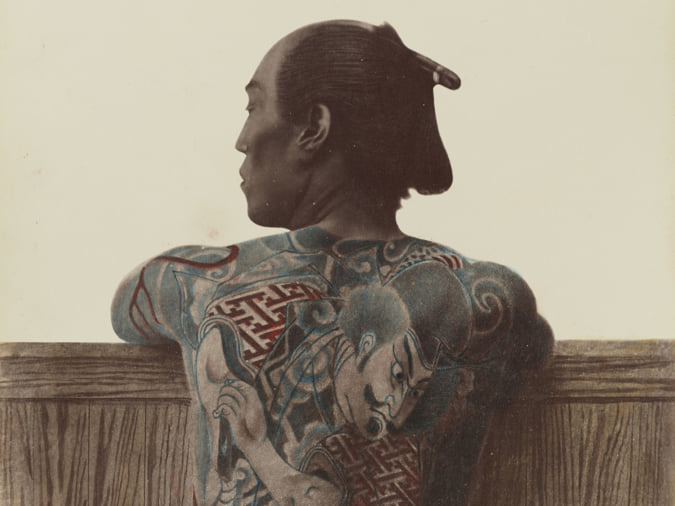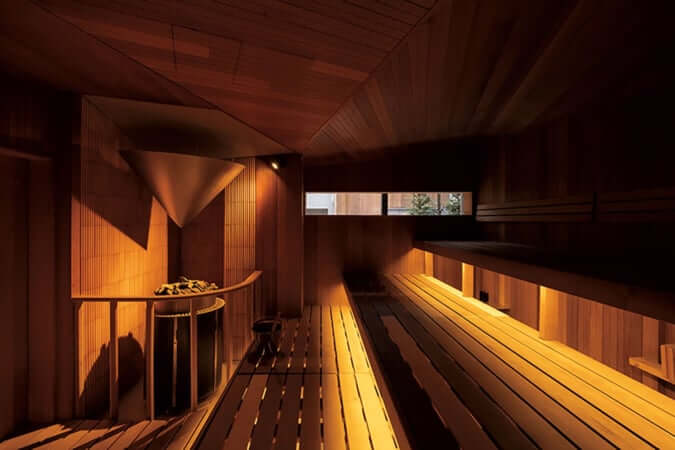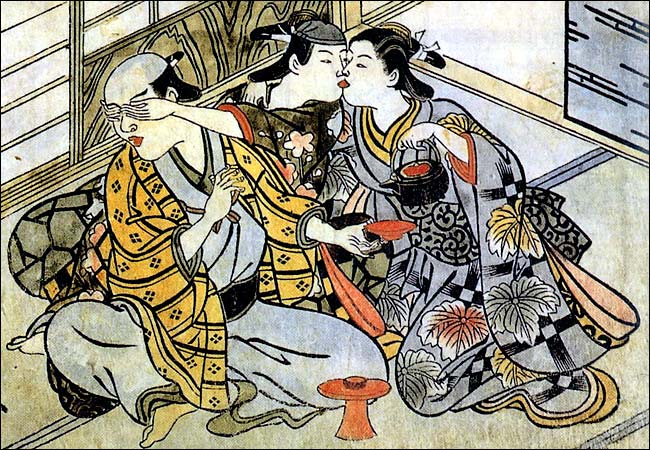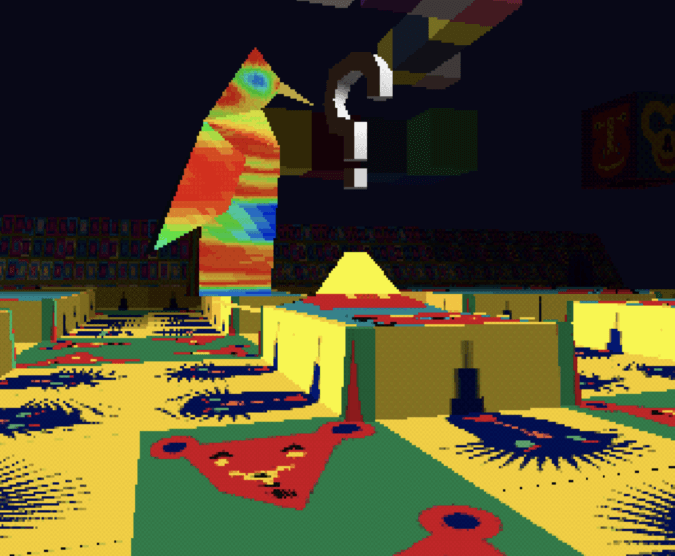Daisuke Takakura on the Interaction with Another Self
Started in 2013, the series 'Monodramatic' by the Japanese photographer brings several aspects of one personality face to face.
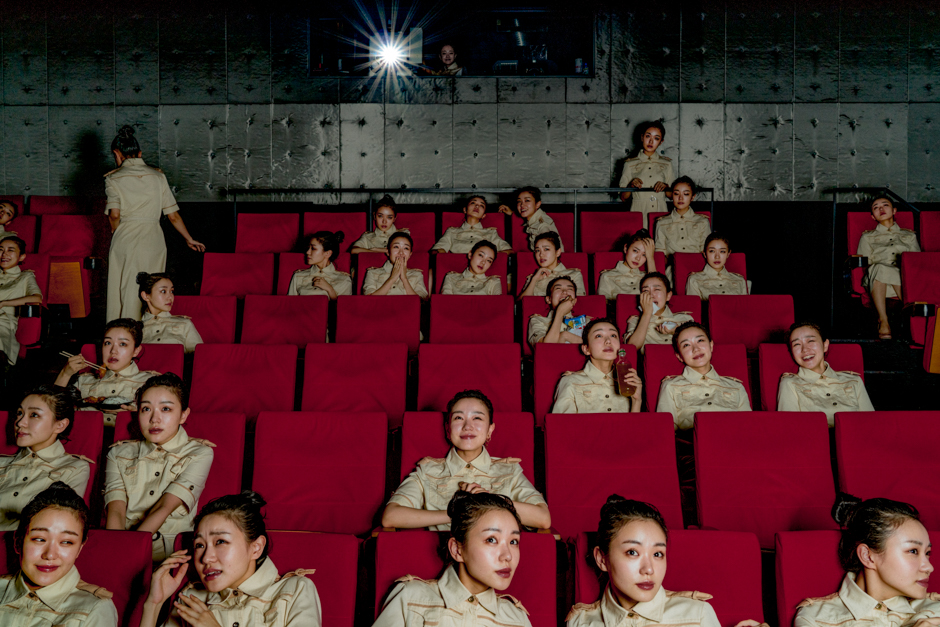
© Daisuke Takakura
What does the word ‘self’ mean? Should we differentiate the aspects that make up one personality? These questions form the basis for reflection for Japanese artist Daisuke Takakura, and gave rise to the series Monodramatic (2013-).
Born in Saitama in 1980, Daisuke Takakura studied law at Rikkyo University, taking drama classes alongside his law studies. Self-taught, he began experimenting with photography in 2013.
How many facets make up a personality?
A monodrama is a play or opera performed by a single actor. Daisuke Takakura’s training in drama facilitated his ability to direct a group of actors for this series. The photographs present a face-to-face encounter between different attitudes of the same person: active, pensive, happy, sociable, or lonely, in a unique environment, whether outside, in a café, or in a gym. After establishing and immortalising the frame for the photograph, the model is captured in different poses and all the photographs are put together.
Monodramatic showcases the behaviour, goals, ambitions, and characters of an individual, which evolve over time and make up a personality. What would happen if several of these versions of ‘me’ were to meet?
Other photographs in the series can be found on the Tezukayama Gallery website.
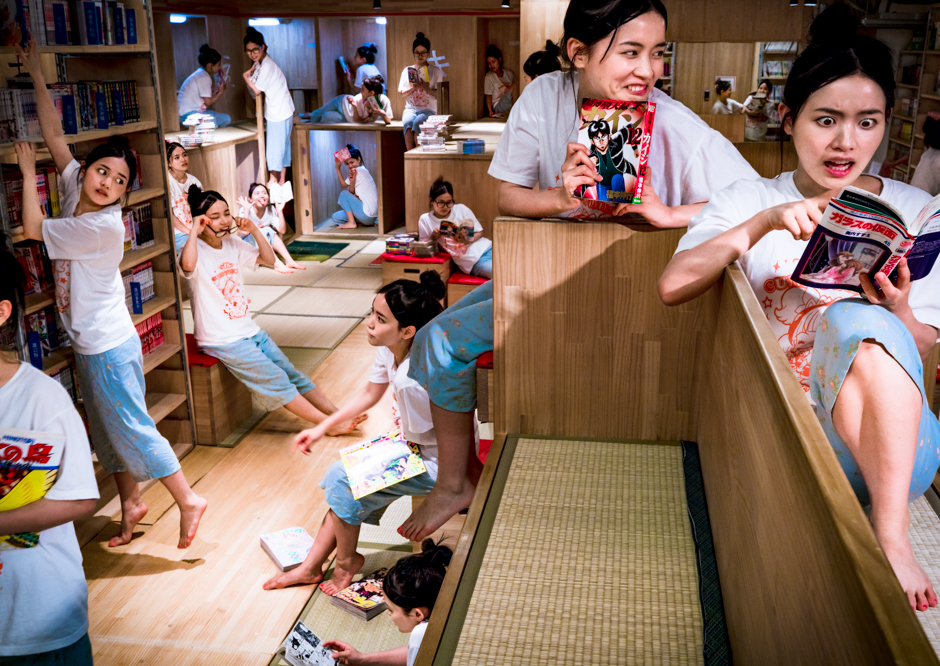
© Daisuke Takakura
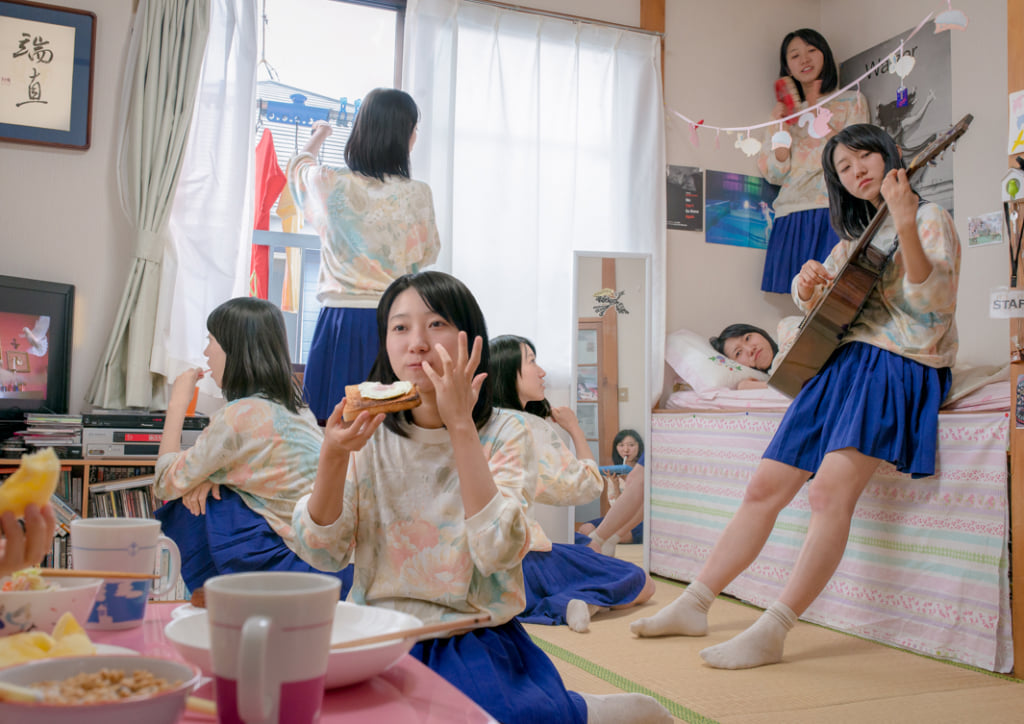
© Daisuke Takakura

© Daisuke Takakura
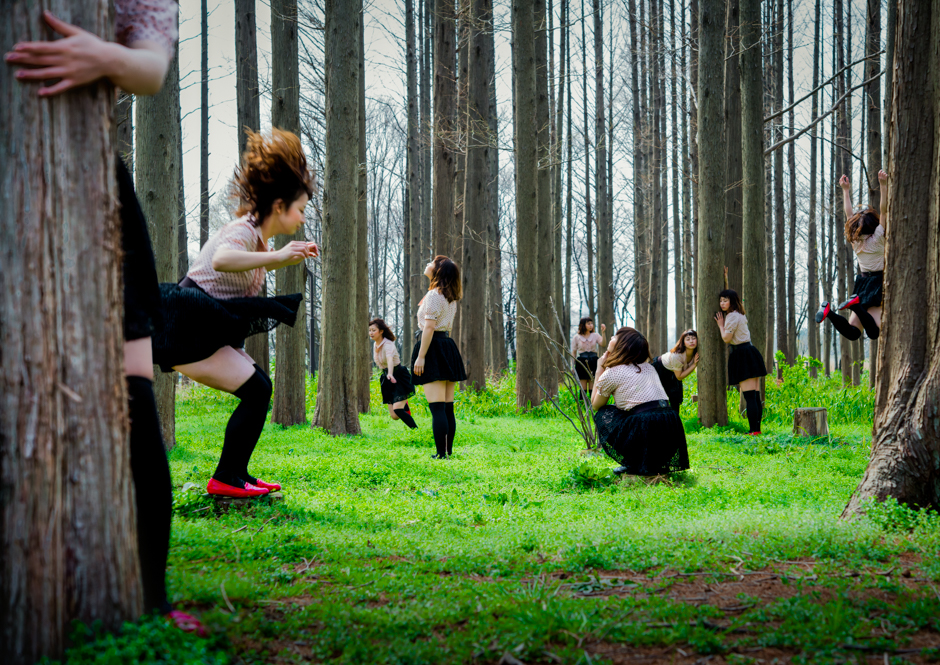
© Daisuke Takakura
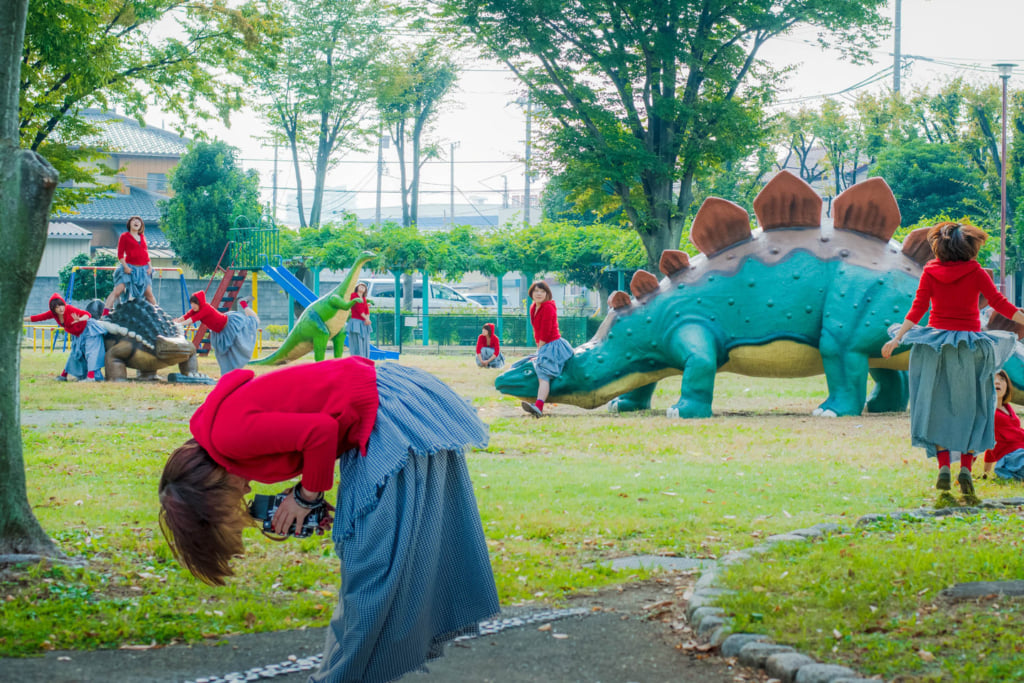
© Daisuke Takakura
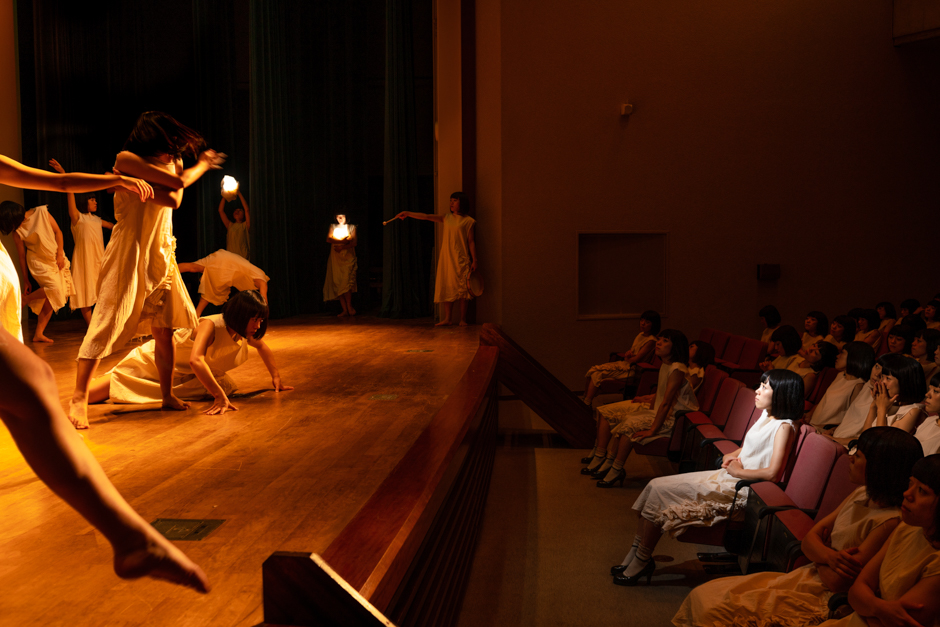
© Daisuke Takakura
TRENDING
-
The Tattoos that Marked the Criminals of the Edo Period
Traditional tattoos were strong signifiers; murderers had head tattoos, while theft might result in an arm tattoo.

-
Colour Photos of Yakuza Tattoos from the Meiji Period
19th-century photographs have captured the usually hidden tattoos that covered the bodies of the members of Japanese organised crime gangs.

-
The Trendiest ‘Sento’ and Saunas in Tokyo
The bath culture remains vibrant in the capital city, where public baths and saunas designed by renowned architects are continuously opening.

-
Rituals of Ancient Gay Shunga Erotica
Shunga was prolific in Japan during the Edo period, with ‘nanshoku’ referring to the depiction of homosexual erotica.

-
‘LSD: Dream Emulator’, an Avant-Garde Game Released on PlayStation
In this video game created by Osamu Sato and released in 1998, the player explores the surrealist, psychedelic environment of a dream.


